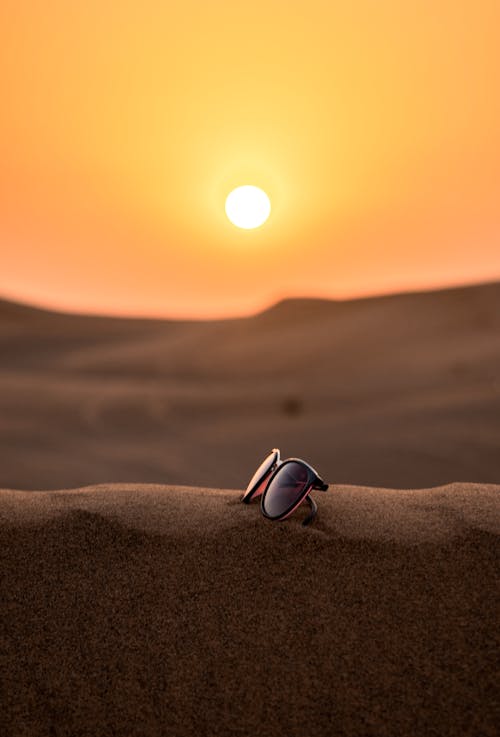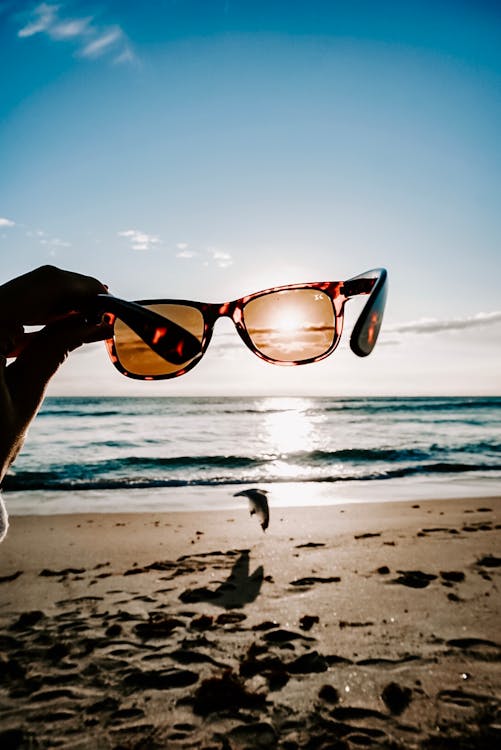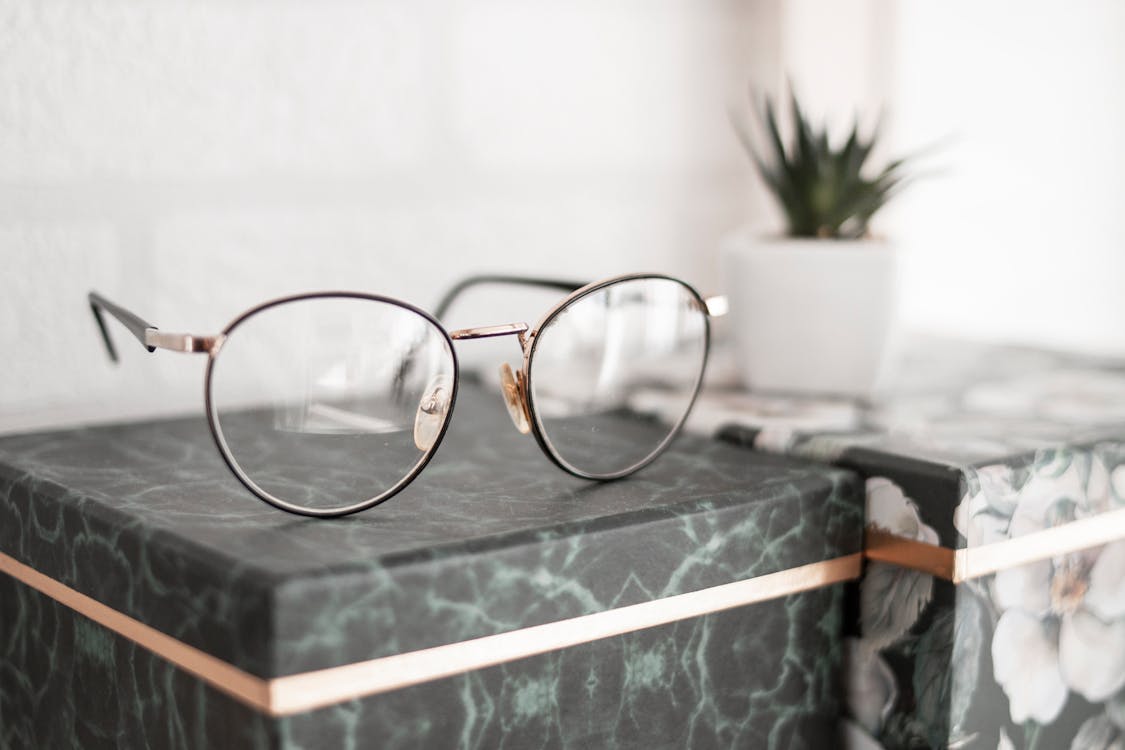What Are Photochromic Lenses?
Protect Your Eyes From UV Light
If you wear glasses, you’ve probably heard the term “transition lenses” before. What you might not know, however, is that Transitions are one specific brand of a type of lenses called photochromic lenses. (Think Kleenex for facial tissues, or Band-Aid for adhesive bandages.) Other common names for photochromic lenses include “light-adaptive,” "light-responsive," or “variable tint.”
Table Of Contents
- What are photochromic lenses?
- When will photochromic lenses turn dark?
- Are photochromic lenses comparable to prescription sunglasses?
- What work or lifestyle factors should I consider before getting photochromic lenses?
- Can I get photochromic lenses if I also have a strong prescription?
- What are photochromic blue blockers?
- What are photochromic lenses made of?
- Do you also offer Transition lenses?
- How do I order photochromic lenses?
- Are your photochromic lenses available in different tints?
- I just got my photochromic lenses. How come they haven't changed in sunlight yet?
Ready to refresh your daily looks ? Check out our spectacles with variou styles!Classic or bold?We' ve got everything for you!
What are photochromic lenses?
They are lenses that adapt automatically to changing UV light conditions. They provide protection against glare when worn in brightly lit outdoor conditions, and then return to a transparent state when the wearer moves back indoors. This transition doesn’t happen immediately, however. The change can take up to 2-4 minutes to fully occur.
When will photochromic lenses turn dark?
The lenses turn dark when directly exposed to UV light and can darken even on overcast days because UV light penetrates clouds. (This is why you can be sunburned on a cloudy day.) Once you’re in a vehicle, however, they return to clear because of the UV-blocking properties of the windshield and windows. They are also affected by temperature — the lenses darken better in cooler temperatures. A sweltering hot day (hotter than 80 degrees Fahrenheit) may result in the lenses changing slower. Regardless of the temperature, they won’t get as dark as regular sunglasses, and for prolonged periods of harsh sunlight or very hot climates, we recommend prescription sunglasses for UV eye protection.
Are photochromic lenses comparable to prescription sunglasses?
While photochromic lenses block 80% of incoming UV light from the sun, polarized sunglasses offer even more protection. Blazingly hot days can also affect the effectiveness of the photochromic transition. Think of them as an intermediate step between regular glasses and prescription glasses—if you spend long periods outdoors for work or play but also need a pair that works indoors as well, this all-in-one solution is for you. If you spend prolonged periods outdoors or live where there is frequent very hot weather, prescription sunglasses for outdoor activities are a better option.
What work or lifestyle factors should I consider before getting photochromic lenses?
These lenses are not recommended for people whose jobs require constantly moving from indoors to outdoors, as they will not have enough time to adjust completely. They are not recommended for frequent daytime drivers as well, due to car windshields and windows blocking UV light. In the case of long-distance daytime drivers, prescription sunglasses would be more beneficial.

Can I get photochromic lenses if I also have a strong prescription?
Yes, prescription strength has no bearing on whether you can get UV protection lenses. We offer Standard, Mid-Index, and High-Index photochromic lenses, along with single vision, bifocals, and no-line bifocals (progressives).
What are photochromic blue blockers?
While photochromic lenses protect eyes from UV light, blue blockers protect eyes from HEV (also known as "blue") light. Blue light is emitted from natural sources such as the sun and man-made sources such as mobile or computer screens. Taking in too much blue light can cause migraines, eye strain, and in some cases, insomnia. Blue blockers are recommended for anyone who uses a computer or mobile screen for long lengths of time. Photochromic blue blockers are recommended for the same set of folks who also spend long periods outdoors!
We offer a special price for photochromic blue blocker. For more information, see here.
What are photochromic lenses made of?
Photochromic lenses are typically made of glass, polycarbonate, or another type of plastic. They are available in most designs, including high-index lenses, bifocals, and progressive lenses. At Payne Glasses, we offer a variety of photochromic lens options, including photochromic blue blockers.
Do you also offer Transition lenses?
Yes, we offer brand-name Transition lenses as well, though notably, they come at a higher cost than photochromic.

How do I order photochromic lenses?
Ordering photochromic lenses is a breeze. To order yours today, follow these steps:
1- Choose your favorite pair of frames from our large selection.
2
- Click on Order Glasses.
3
- Once redirected to the Prescription tab, enter in your prescription by using your sphere, cylinder, axis, binocular pupillary distance, and monocular pupillary distance measurements.
4
- Confirm your prescription.
5
- The next tab is for Lens Type. Here is where you can choose to get photochromic lenses. When you click on the light responsive lens options, Payne Glasses provides you with a variety of lenses to choose from, including standard, upgraded, or professional choices.
6
- Add the glasses to your shopping cart.
7
- Check out on the site and enjoy your new photochromic prescription glasses!
Are your photochromic lenses available in different tints?
For some frames, yes. Some frames can dark with gray, brown, or both tints. You can choose your preference during the order process.
I just got my photochromic lenses. How come they haven't changed in sunlight yet?
Upon arrival, photochromics sometimes take up to 45 minutes to "warm up." We recommend setting them somewhere that is directly exposed to UV light to "activate" for the first time. Note that places such as on a car dashboard or most windowsills will not work, as windshields and many types of windows block UV rays. Also, note that they are temperature dependent and a day warmer than 80 degrees will not result in as dark of a tint.

Protect Your Eyes
At Payne Glasses, we make protecting your eyes from the damage of UV rays an affordable option with photochromic lens options. Find your next pair of photochromic glasses online today from our large selection of eyeglass frames for women, eyeglass frames for men, and kids prescription glasses. We’re glad to help you save money without compromising quality!
Ready to refresh your daily looks ? Check out our spectacles with variou styles!Classic or bold?We' ve got everything for you!




